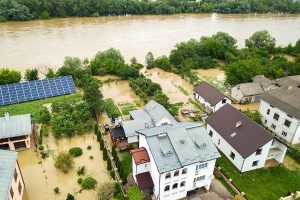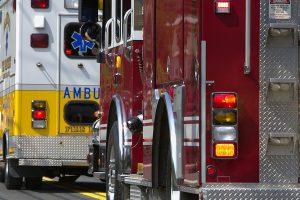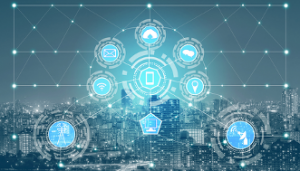
Climate change is having an impact on the number of flooding events across the world. From stronger hurricanes to rising ocean levels to more intense rain and snow events, flooding is growing in its impact on public safety. This winter's "atmospheric rivers" dumped unprecedented snow and rain on the west coast. As we move into spring and summer, those record-breaking snowpacks will melt causing huge amounts of water to run into already full lakes and rivers. Agencies at the local, state, and federal level are working to adapt decades old processes to meet the modern flood threat.
Forecasting without data
Forecasting models depend on historical data, but when you have unprecedented precipitation levels, historical data has limited impact on preparation and response plans. This lack of data is a problem even in routine weather events. There is more data for urban than rural areas thanks to the placement of radar towers, other sensors and IoT technology. This leaves blank spots in forecasting incoming weather and storm impacts for rural communities. Continue reading



 September is
September is  Pandemic-necessitated remote work and increased reliance on online apps and sites for routine everyday tasks like shopping and transportation showed us that Internet connection is a critical utility. It also proved that getting connected is not enough -- the speed and quality of that connection have a huge impact on how we carry out day-to-day activities. In a timely coincidence, this reliance on connectivity comes at a time when networks are improving their service to supply that exact speed and reliability.
Pandemic-necessitated remote work and increased reliance on online apps and sites for routine everyday tasks like shopping and transportation showed us that Internet connection is a critical utility. It also proved that getting connected is not enough -- the speed and quality of that connection have a huge impact on how we carry out day-to-day activities. In a timely coincidence, this reliance on connectivity comes at a time when networks are improving their service to supply that exact speed and reliability. FirstNet is a nationwide wireless broadband network for first responders being built and deployed through a first of its kind public-private partnership. FirstNet was borne out of the September 11, 2001 tragedy where it became clear that the radio systems police, fire, and paramedics relied on did
FirstNet is a nationwide wireless broadband network for first responders being built and deployed through a first of its kind public-private partnership. FirstNet was borne out of the September 11, 2001 tragedy where it became clear that the radio systems police, fire, and paramedics relied on did

